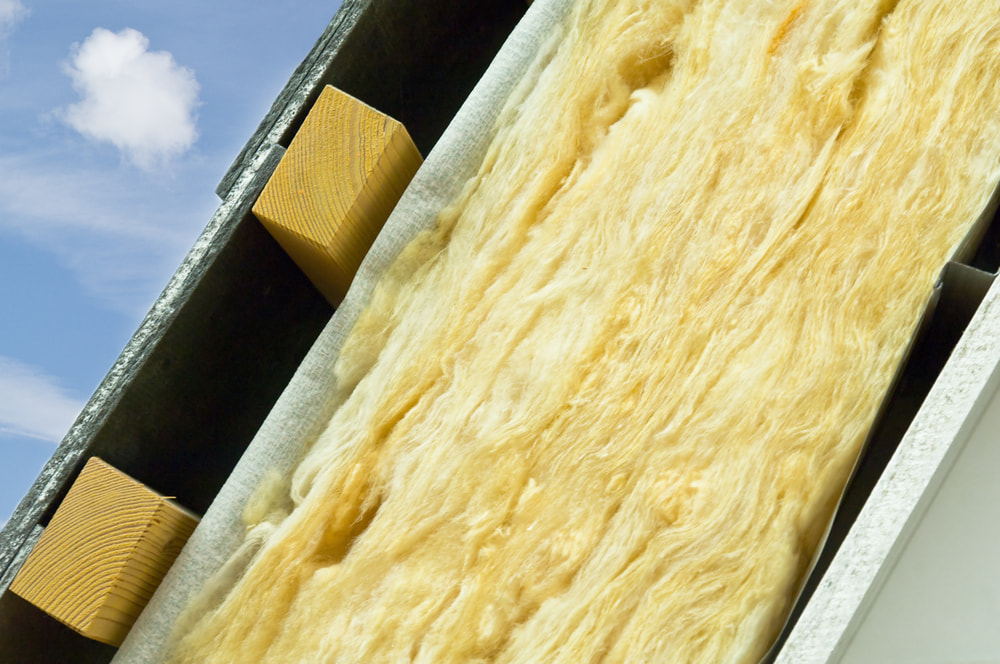Most people are aware of the importance of home insulation – but many are unsure of how to go about getting it installed. This is where the team here at CT Eco and Heating can help – our home insulation services can take the hassle out of the process, with our trained professionals ensuring that your home is properly insulated to help save you money on your energy bills.
What's more, if you're eligible, we can help you to gain a government grant to contribute to the cost of the work too – so whether you need solid wall, cavity wall or loft insulation, be sure to get in touch with us to learn more.


